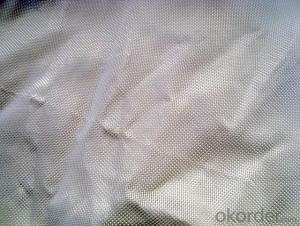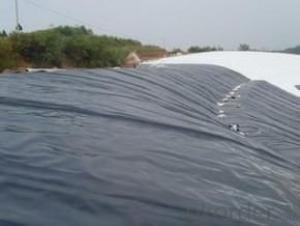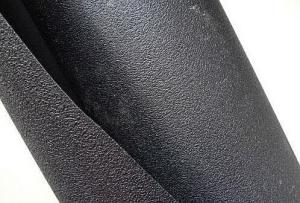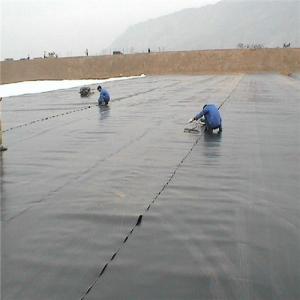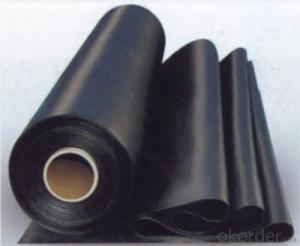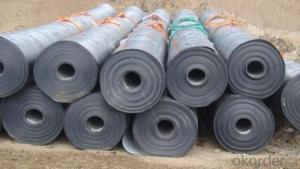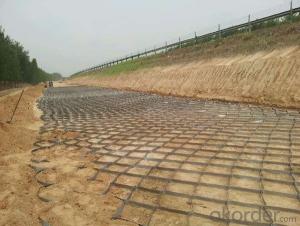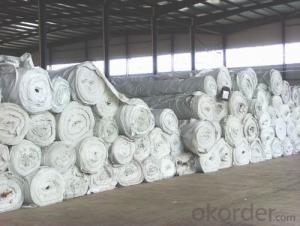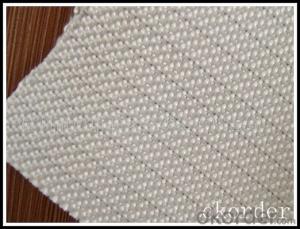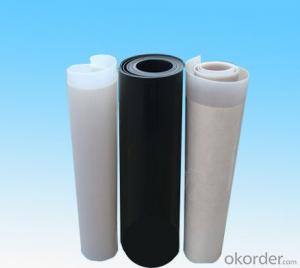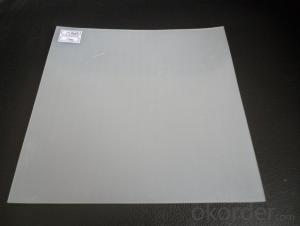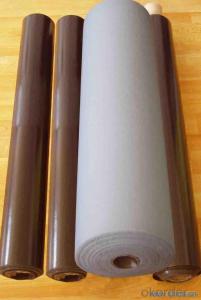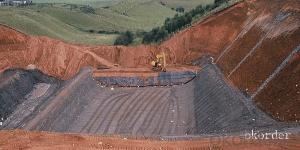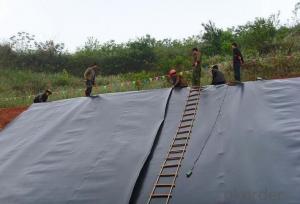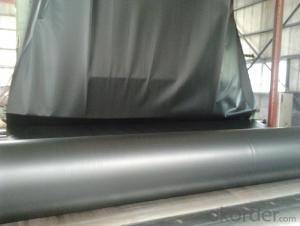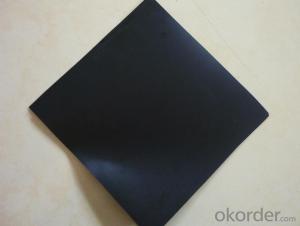All Categories
- - Steel Wire Rod
- - Steel Coils
- - Steel Profiles
- - Steel Pipes
- - Stainless Steel
- - Tinplate
- - Special Steel
- - Steel Sheets
- - Steel Rebars
- - Steel Strips
- - Hot Rolled Steel
- - Cold Rolled Steel
- - Pre-painted Steel
- - Seamless Steel Pipe
- - Welded Steel Pipe
- - Hollow Steel Tubes
- - Galvanized Pipe
- - Stainless Steel Coil
- - Stainless Steel Sheet
- - Stainless Steel Plate
- - Stainless Steel Strips
- - Electrolytic Tinplate Coil
- - Electrolytic Tinplate Sheet
- - Stainless Steel Rebars
- - Solar Panels
- - Solar Water Heater
- - Solar Related Products
- - Solar Inverter
- - Solar Cells
- - Solar Light
- - Solar Energy Systems
- - Solar Controllers
- - Solar Mounting System
- - Solar Pump
- - Solar Chargers
- - Fiberglass Chopped Strand
- - Fiberglass Mesh Cloth
- - Composite Pipes
- - FRP Pultrusion Profiles
- - Fiberglass Mat Tissue
- - Fiberglass Fabrics
- - Fiberglass Mesh
- - Composite Tank
- - Fiberglass Mesh tape
- - Polymer
- - FRP Roofing Panel
- - Fiberglass Roving
- - Monolithic Refractories
- - Ceramic Fiber Products
- - Refractory Bricks
- - Raw Materials For Refractory
- - Suspended Platform
- - Cranes
- - Concrete Machinery
- - Earthmoving Machinery
- - Building Hoist
- - Road Building Machinery
- - Plastic Pipe Fittings
- - Plastic Tubes
- - Plastic Sheets
- - Agricultural Plastic Products
- - Plastic Nets
 All Categories
All Categories
Q & A
What is the relationship between geomembranes and geospatial analysis for environmental monitoring?
Geomembranes and geospatial analysis have a complementary relationship in environmental monitoring. Geomembranes, being impermeable plastic liners used for containment purposes, help prevent the release of hazardous substances into the environment. Geospatial analysis, on the other hand, uses geographic information systems (GIS) and remote sensing to gather, analyze, and visualize spatial data related to the environment. By combining these two, geospatial analysis can provide valuable insights into the effectiveness of geomembranes in preventing contamination, such as monitoring the extent of the containment area, detecting any potential leaks or breaches, and assessing the overall environmental impact. Overall, the integration of geomembranes and geospatial analysis enhances environmental monitoring efforts and aids in ensuring the protection of ecosystems.
How do geomembranes contribute to mining waste management?
Geomembranes contribute to mining waste management by providing a reliable and effective barrier for containing and preventing the release of potentially harmful mine waste materials. These impermeable synthetic membranes are used to line and cover mining waste storage facilities, such as tailings ponds and mine pits, preventing seepage of toxic substances into the surrounding environment. This helps to protect water resources, prevent soil contamination, and minimize the ecological impact of mining operations on local ecosystems.
Can geomembranes be customized for specific projects?
Yes, geomembranes can be customized for specific projects. They can be tailored to meet the specific requirements of a project in terms of dimensions, material composition, strength, and durability. Customization allows for optimal performance and cost-effectiveness in various applications such as environmental containment, mining, agriculture, and construction.
How do geomembranes perform in high-wind conditions?
Geomembranes perform well in high-wind conditions due to their strong and flexible nature. They are designed to withstand extreme weather conditions, including high winds, without getting damaged or torn. The material used in geomembranes is typically durable and resistant to tearing, making them an ideal choice for areas prone to strong winds.
Wholesale Geomembranes from supplier in Malta
Whether you are in need of Geomembranes for agricultural, construction, or environmental applications, we have the right solution for you. Our Geomembranes are manufactured using high-quality materials and advanced technology, ensuring durability and effectiveness in any project.
We understand the importance of providing timely and accurate quotations to our customers. Our dedicated sales team is available to assist you in selecting the right Geomembranes for your specific requirements and budget. We can also provide technical support and guidance throughout the installation process, ensuring that your project is completed successfully.
As a subsidiary of CNBM, one of the largest building materials companies in the world, we have access to a wide range of resources and expertise. This allows us to offer competitive prices and efficient logistics services, ensuring that your Geomembranes are delivered on time and in perfect condition.
Over the years, we have built strong relationships with customers in Malta, earning a reputation for reliability and customer satisfaction. Our experienced team understands the unique challenges and requirements of the Maltese market, allowing us to provide tailored solutions that meet your specific needs.
Whether you are a contractor, engineer, or project manager, we are committed to providing you with the highest level of service and support. Contact us today to learn more about our Geomembranes products and how we can assist you in your projects in Malta.
We understand the importance of providing timely and accurate quotations to our customers. Our dedicated sales team is available to assist you in selecting the right Geomembranes for your specific requirements and budget. We can also provide technical support and guidance throughout the installation process, ensuring that your project is completed successfully.
As a subsidiary of CNBM, one of the largest building materials companies in the world, we have access to a wide range of resources and expertise. This allows us to offer competitive prices and efficient logistics services, ensuring that your Geomembranes are delivered on time and in perfect condition.
Over the years, we have built strong relationships with customers in Malta, earning a reputation for reliability and customer satisfaction. Our experienced team understands the unique challenges and requirements of the Maltese market, allowing us to provide tailored solutions that meet your specific needs.
Whether you are a contractor, engineer, or project manager, we are committed to providing you with the highest level of service and support. Contact us today to learn more about our Geomembranes products and how we can assist you in your projects in Malta.
